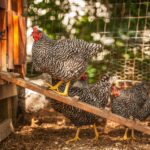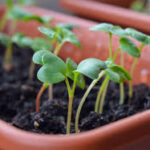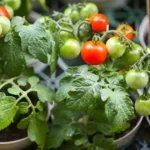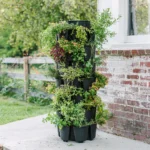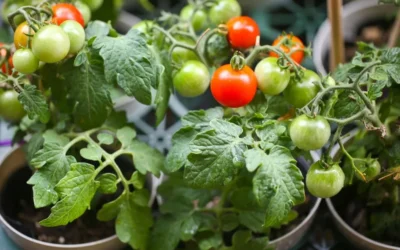Clipping Plants: Pleaching, Pollarding And Coppicing – Pleaching is a method of planting trees in rows and training the side branches to meet in horizontal, parallel lines. Other growth is cut back or interwoven to form a vertical screen. Beech, lime, hornbeam and plane trees are all suitable for pleaching. This technique is particularly effective in a formal setting and often used to line paths or avenues in larger gardens.

ln smaller gardens it can make an elegant division between two adjoining areas. A pleached avenue automatically leads the eye to what lies at the end so it is important to make sure there is something worth looking at, such as a sculpture or a decorative seat.

Pollarded willow trees
Pollarding, very popular in France, involves regularly lopping back the entire crown of a tree to short stumps, so producing many thin branches and a single mop head of foliage. It can be useful in small gardens where a natural crown would produce too much shade. Some shrubs such as willow (Salix) are pollarded to encourage colorful young shoots.

Coppiced shrub with young shoots
Coppicing involves cutting a shrub such as dogwood (Cornus) down to ground level, again to encourage colorful young shoots. Eucalyptus trees can be coppiced to provide a constant supply of juvenile foliage and a more shrub-like effect.

Pleached hedge of hornbeams



